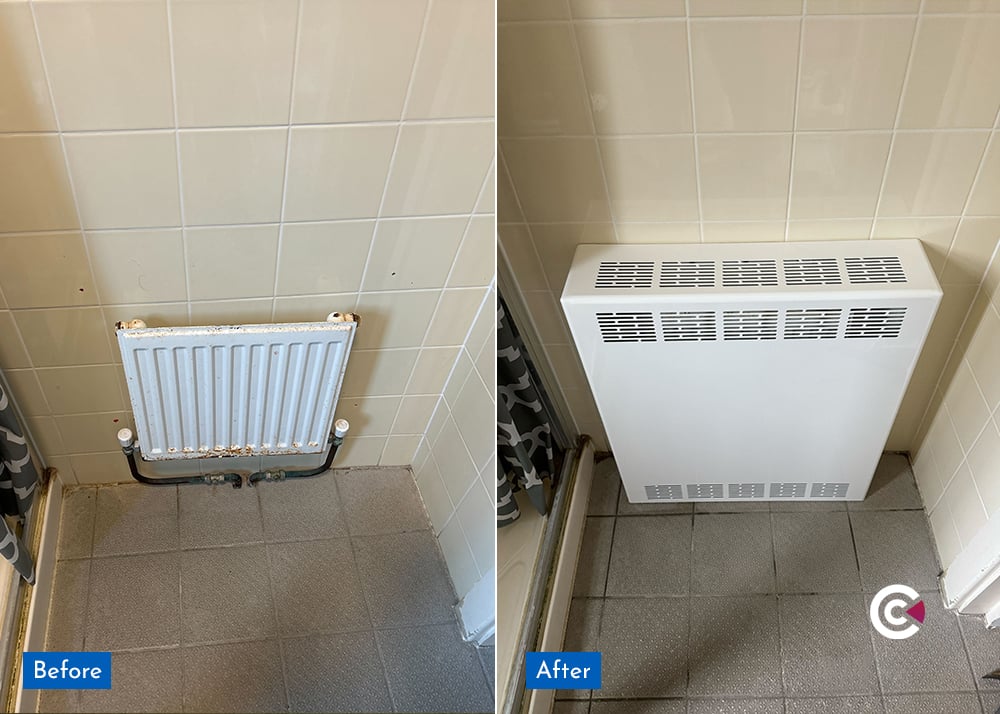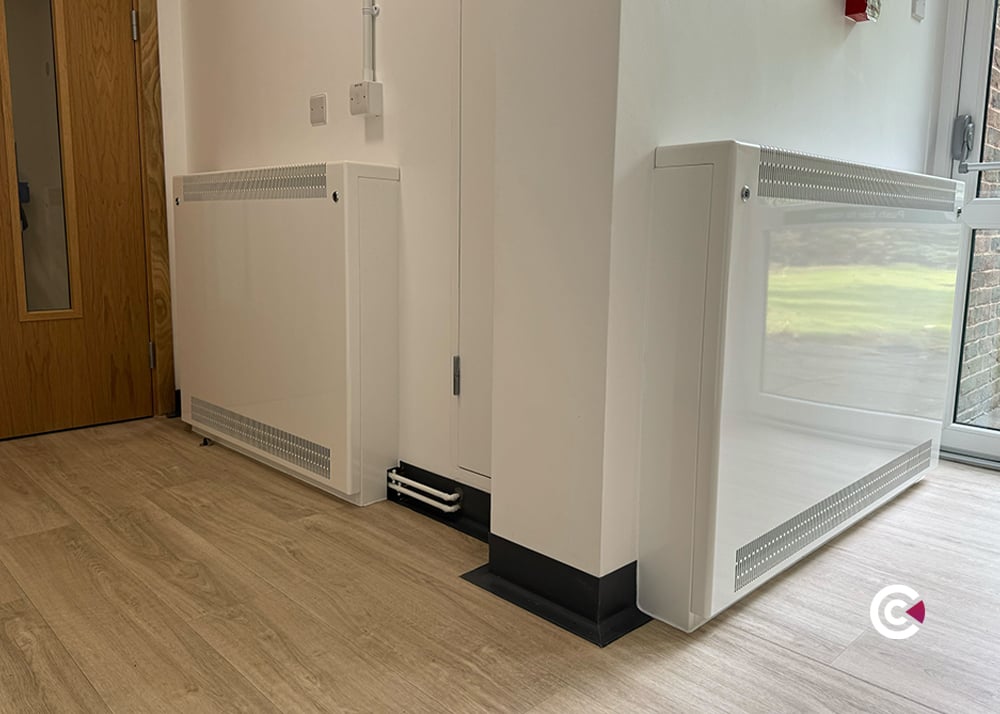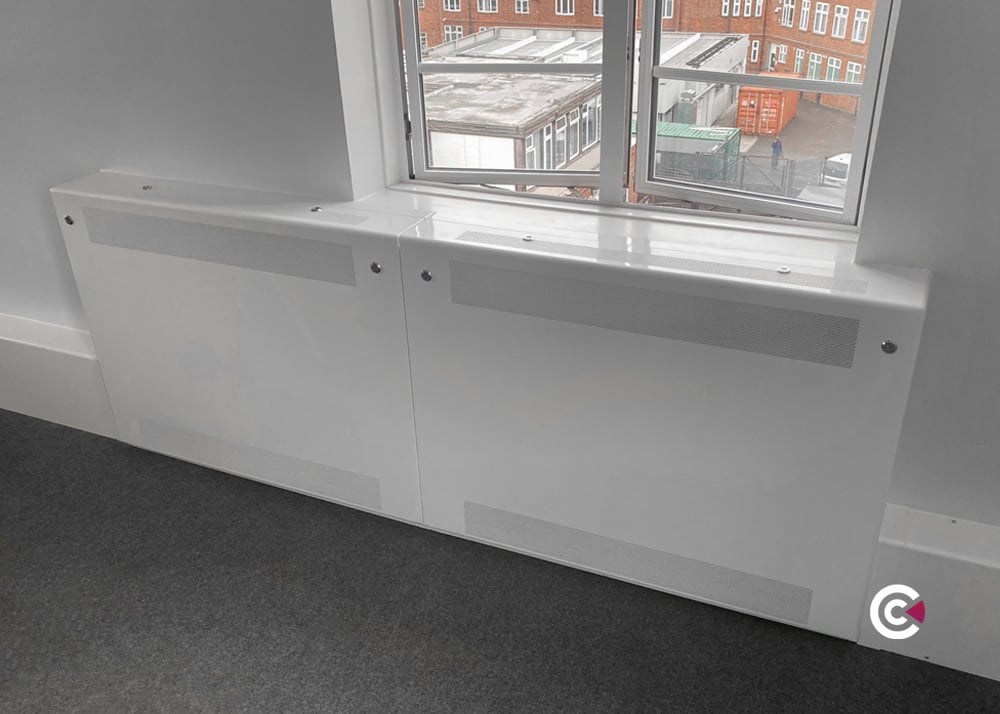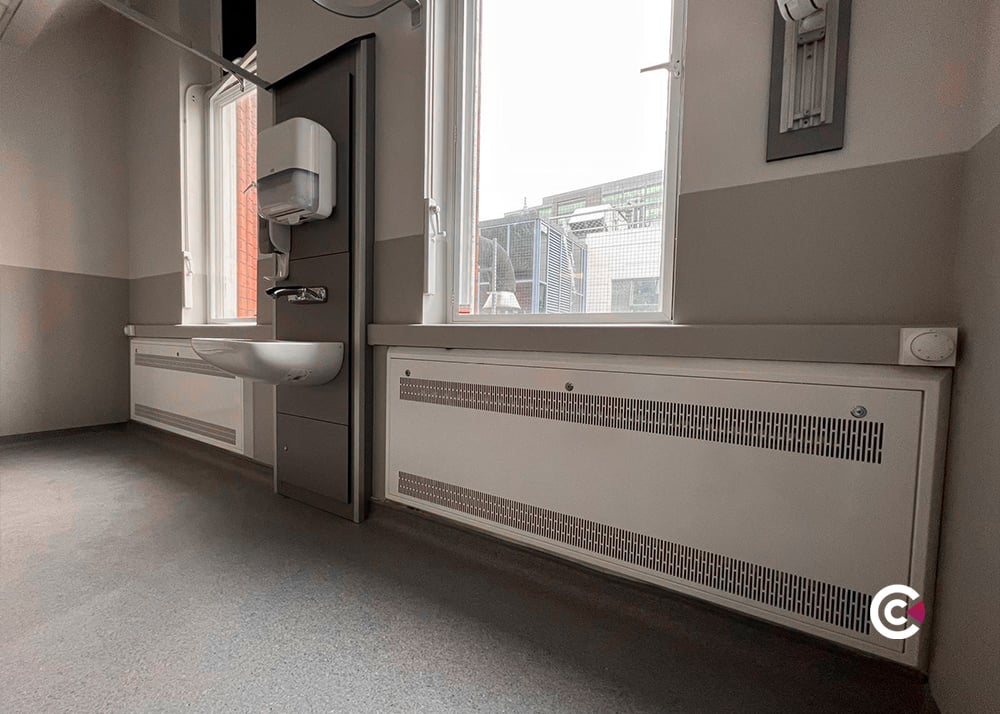Specifying radiators for care homes can be a challenge, particularly when so many factors are at play. Safety guidelines relating to radiator surface temperature is only a small part of the bigger picture.
Design features, heat efficiency and ease of access for cleaning and maintenance all hold equal weight in terms of performance.
So let’s break down four of the main reasons why LST radiators are suited to care homes.
1. Surface Temperature
We’ll start with the most obvious one. As the name suggests, low surface temperature radiators are specifically designed not to exceed a surface temperature of 43°C. This means that when care home occupants come into physical contact with an LST, they are much less likely to suffer an injury.
Considering that the surface temperature of a standard radiator can reach as high as 80°C, a low surface temperature option is a must in any care home.
Injuries through scalding are all too common in care homes. In 2017, the CQC prosecuted a care home provider for failing to provide safe care and treatment, which resulted in avoidable harm to a 79-year old woman.
The woman in question suffered serious burns from prolonged contact with an uncovered radiator. She was found to have a large burn to her back, and skin was visible on the uncovered radiator. Source.
It’s incidences like this which put into perspective just how important LST radiators are.
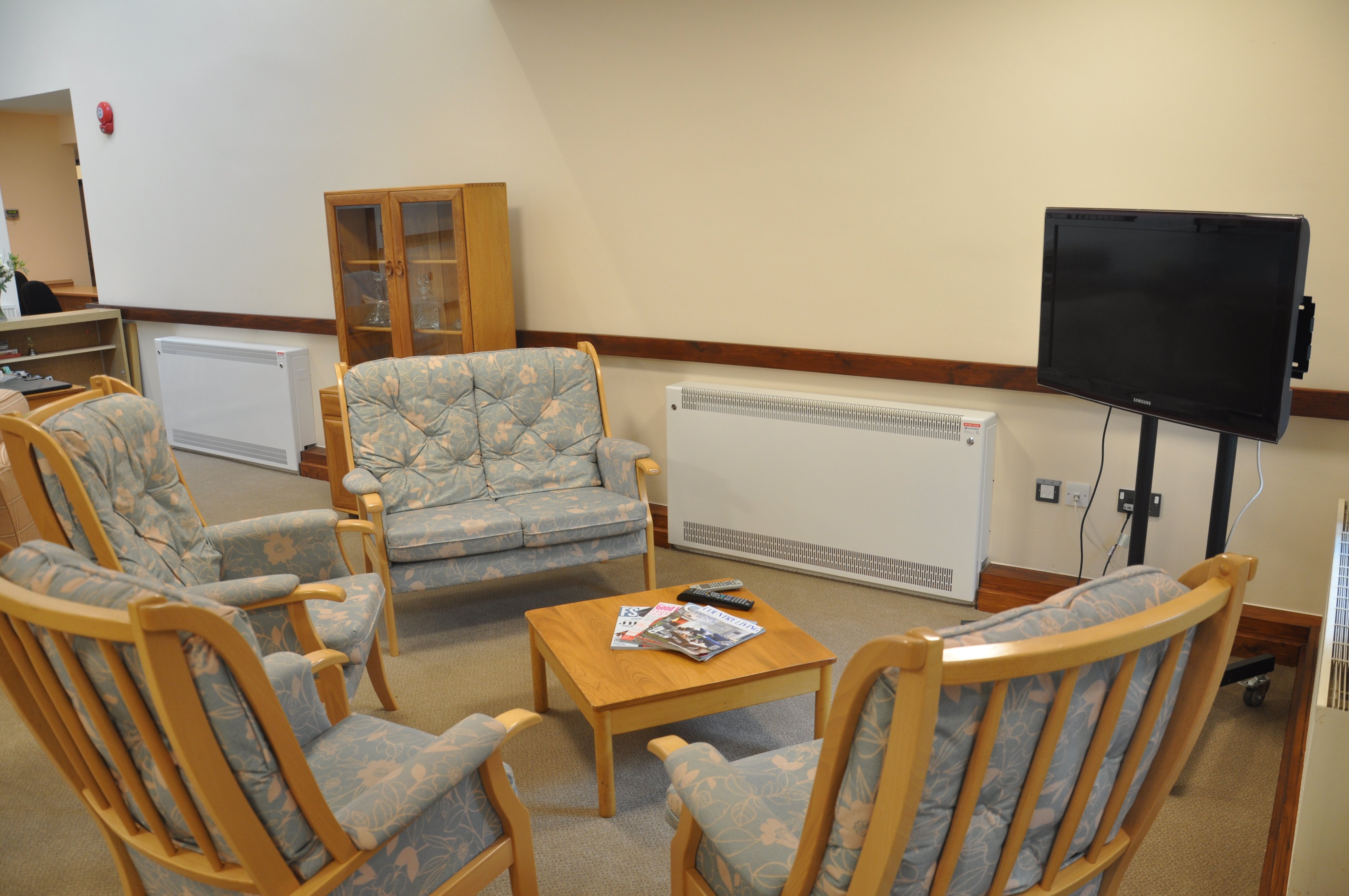
2. Superior Design
Standard radiators commonly have sharp edges that could cause injury in the event of a slip or fall. When you’re working with residents who have reduced mobility or a sensory impairment, it’s important to be mindful of the heightened risk of falling, tripping or bumping against a radiator.
The event of a fall against a radiator could result in anything from a bruise to a fracture, or worse in some cases.
With that in mind, Contour has paid close attention to the outer casing of their LST radiators and guards. With a smooth, rounded structural design, Contour’s radiators minimise the severity of fall-related injuries.
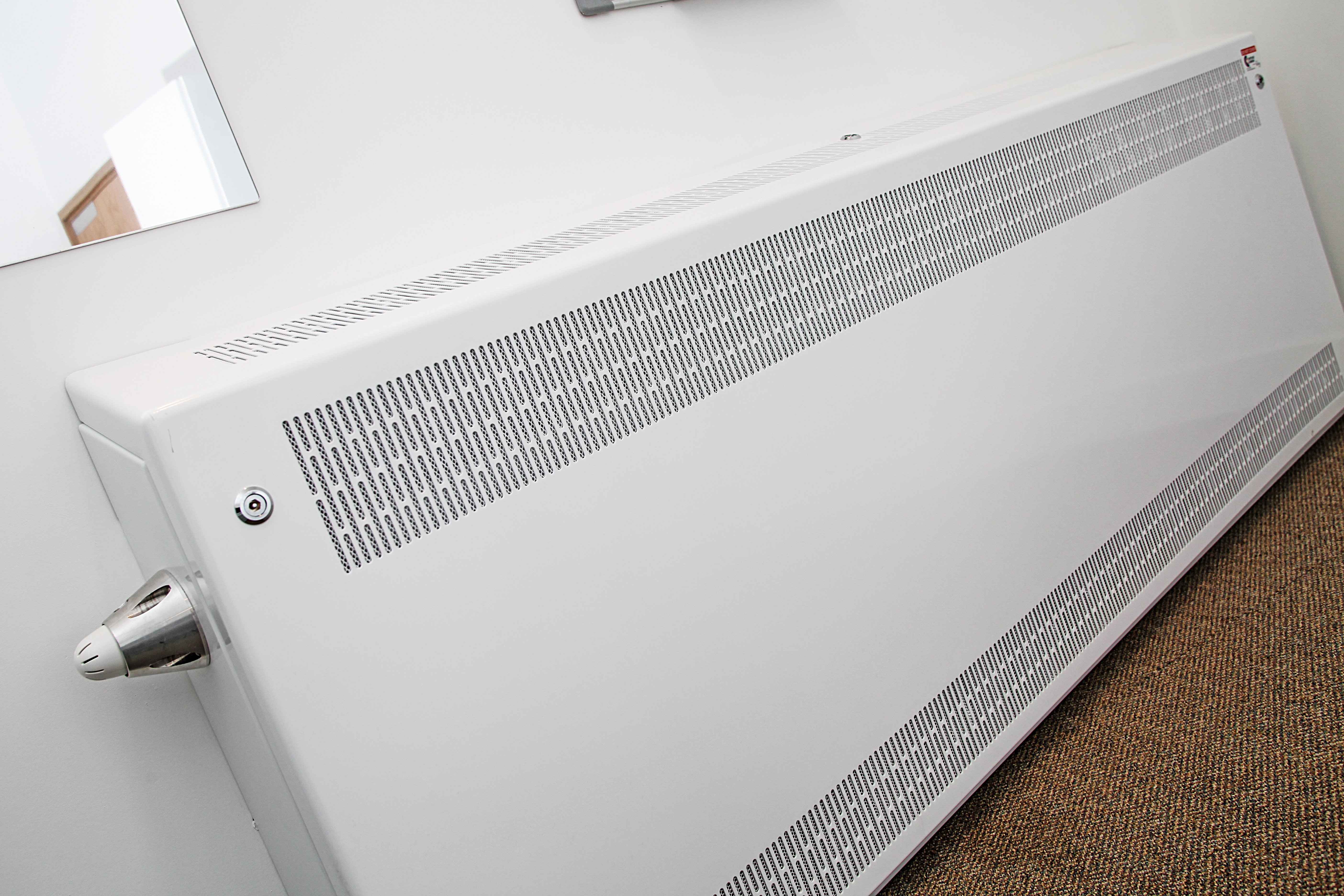
3. Energy Efficient
A warm care home is a happy care home and it’s common for elderly residents to request the heating to be on all year round. Therefore, the need for energy efficiency is of importance.
Whilst you may be wondering whether an LST radiator cover could reduce heat output, this just simply isn’t the case. Contour LST radiator covers have an interior coating of Kingspan foam. This reflects heat that would otherwise be lost back into the room.
4. Heat Control
When controlling the heat output of a radiator, it’s important that the thermostatic radiator valves (TRVs) aren’t mounted on the supply end of the unit. This would place users at risk of burn and injury though contact with exposed piping, carrying hot water above 43°C.
With a range of TRV options available, opt for a radiator that is controllable and responsive. Contour’s radiator range provides built-in TRVs, eliminating any exposed piping. Click for full details on Contour’s TRV options.
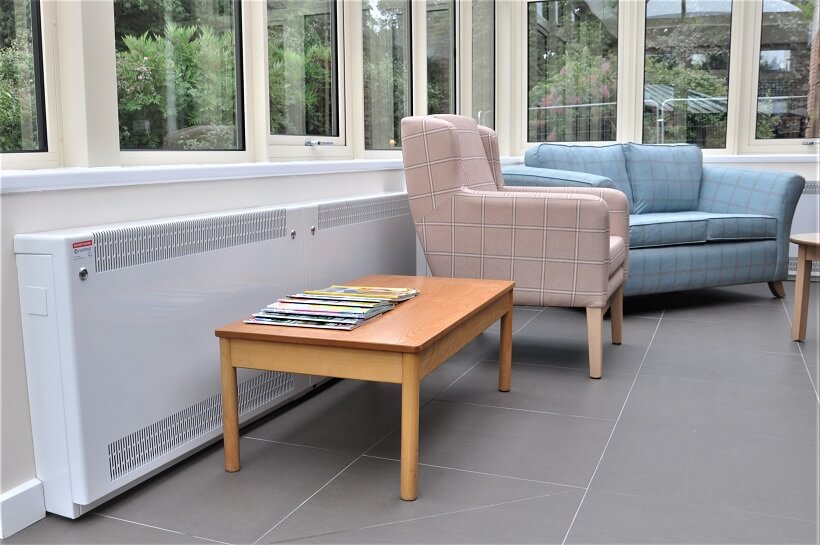
Conclusion
Adequate heating is necessary to preserve the health and comfort of your care homes’ residents. Failure to maintain the right level of heat will not only affect residents’ comfort but can also lead to serious health consequences.
Specifiers, installers and care home managers should consider the four factors highlighted in today’s blog, in order to provide ultimate care and safety to those in nursing homes.
For more information on today’s topic, don’t hesitate to get in touch with one of our experts.
-1.png)


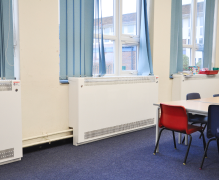
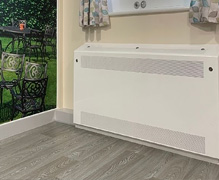
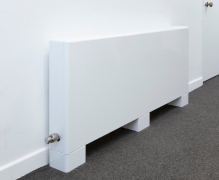
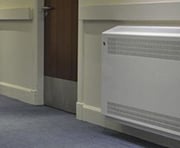
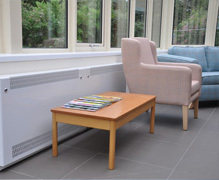

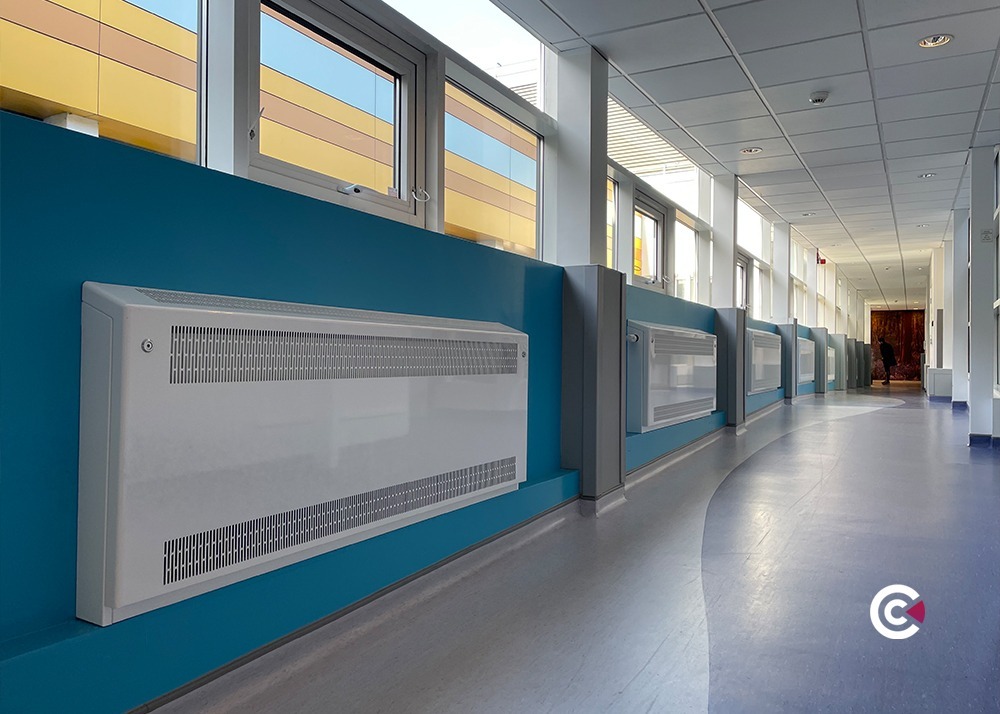
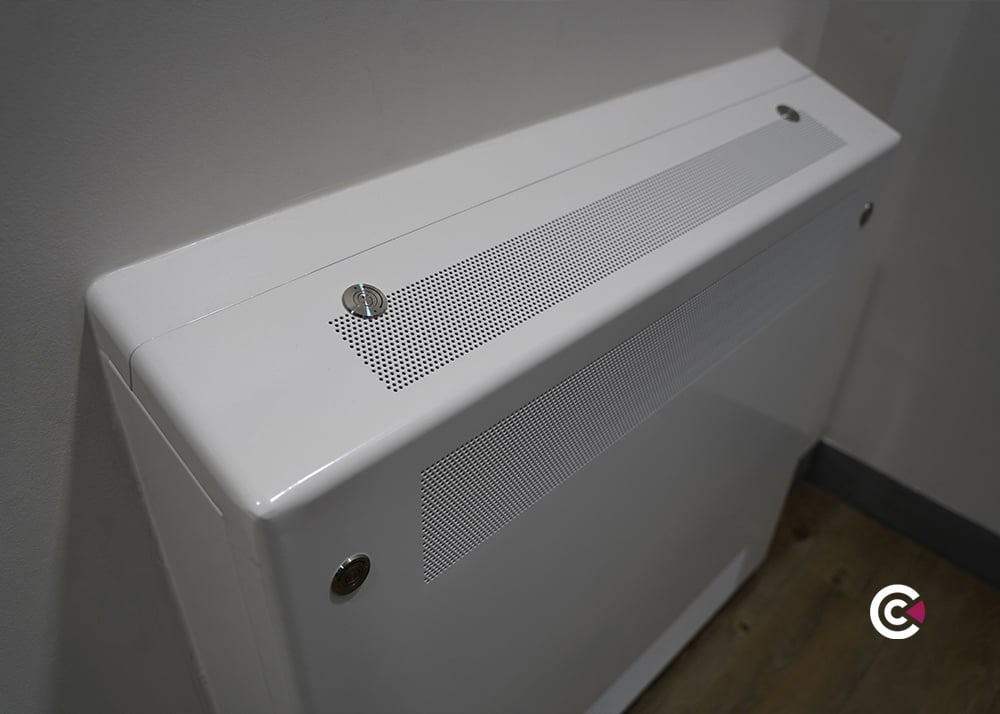






/anti-ligature%20vent%20grilles.jpg)

